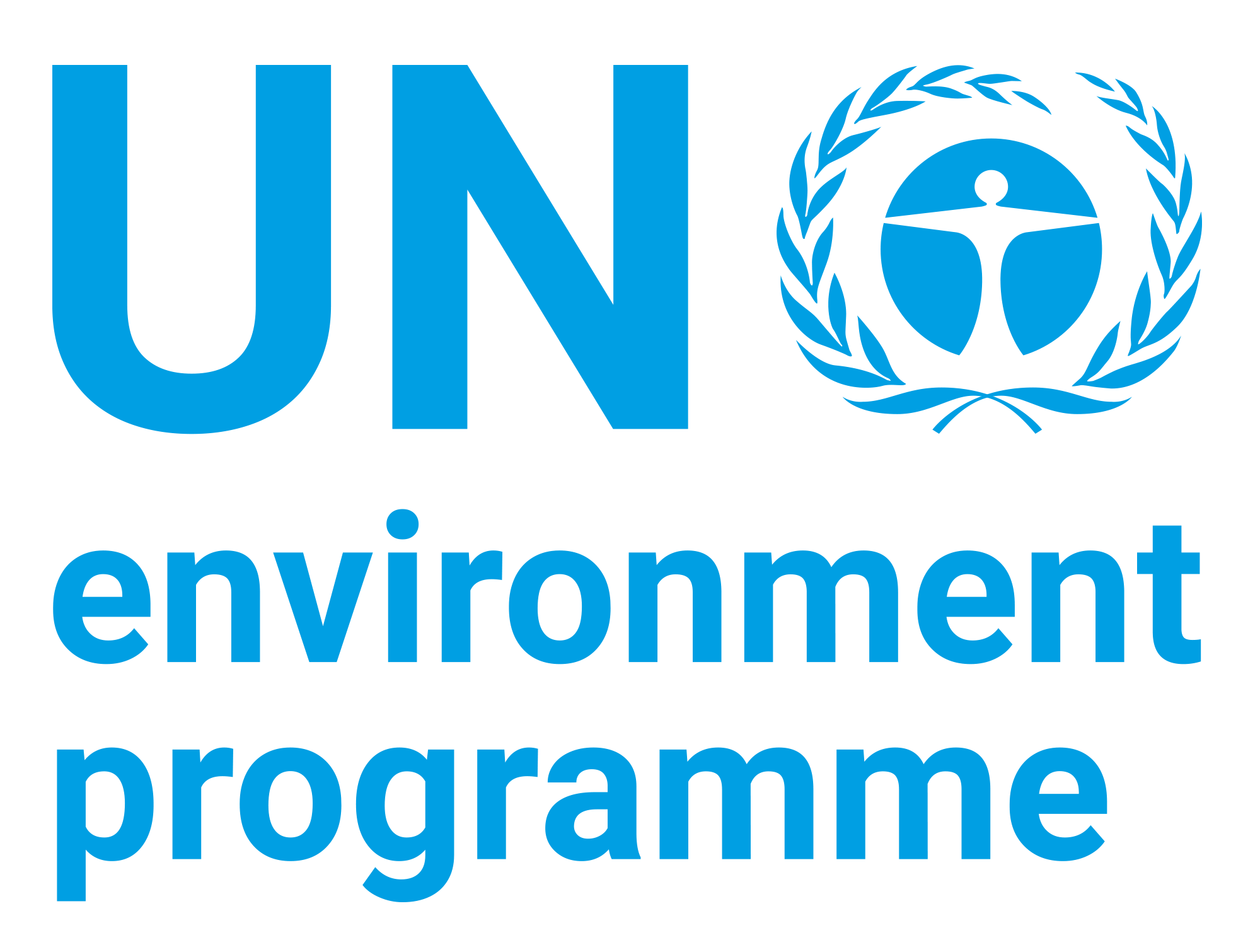Titanium - Environmental Health Criteria 24
| dc.contributor | Economy Division | en_US |
| dc.contributor.author | United Nations Environment Programme | en_US |
| dc.contributor.author | World Health Organization | en_US |
| dc.contributor.other | International Labour Organisation | en_US |
| dc.date.accessioned | 2019-08-08T21:49:34Z | |
| dc.date.available | 2019-08-08T21:49:34Z | |
| dc.date.issued | 1982 | |
| dc.identifier.isbn | 92 4 154084 2 | en_US |
| dc.identifier.uri | https://wedocs.unep.org/20.500.11822/29280 | |
| dc.description | Titanium is a grey metal with an atomic number of 22 and a relative atomic mass of 47.9. It is extremely resistant to corrosion and, in the form of a powder or dust, is highly flammable and explosive. The most common oxidation state of titanium is +4, but +3 and +2 states also exist. Titanium occurs in both a cationic state (e.g., titanium chlorides, phosphates, and sulfates) and an anionic state (e.g., calcium, iron, and sodium titanates). Metallic titanium, titanium dioxide, and titanium tetrachloride are the compounds most widely used in industry. | en_US |
| dc.format | Text | en_US |
| dc.language | English | en_US |
| dc.rights | Public | en_US |
| dc.subject | titanium | en_US |
| dc.subject | environmental health | en_US |
| dc.subject | chemical analysis | en_US |
| dc.subject | chemical | en_US |
| dc.subject | chemical safety | en_US |
| dc.title | Titanium - Environmental Health Criteria 24 | en_US |


